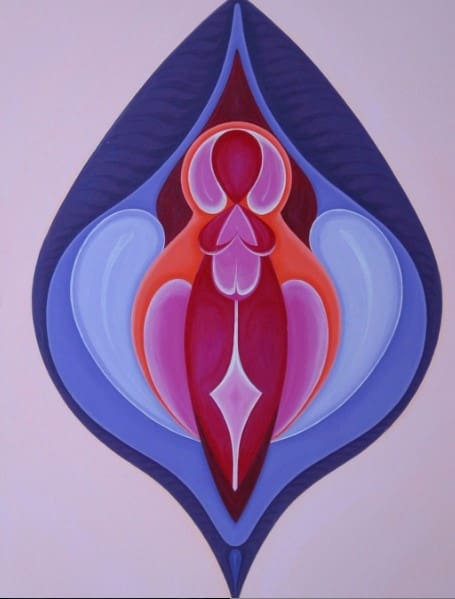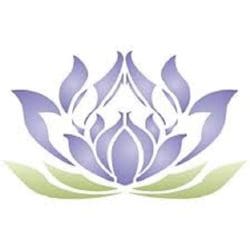What Is Kama Sutra – Kamasutra?
The term Kama Sutra comes from an ancient Hindu textbook written in Sanskrit about erotic love called The Kamasutra. Very little is known about its author, Vatsyayana Mallanga, other than his name. It was written probably sometime in the third century.
Contrary to popular belief, The Kamasutra is not only a book about lovemaking and different sex positions. It covers other topics such as the art of living well, the nature of love, finding a life partner, and taking care of your love life. The sexual concepts that most people associate with the Kama Sutra became known in Western culture at the end of the 19th century, with the adaptation of the Kamasutra manual by a British explorer named Richard Francis Burton.
While considered in retrospect a wildly inaccurate and misleading translation, the sexual positions described in Burton’s version are what caught people’s attention. That’s one reason people still think of the Kama Sutra as only a book of exotic sex positions.

How Does It Work?
The Kamasutra was written in an abstract and vague form of Sanskrit, which has made it hard to accurately translate it to modern English. It is made up of 1,250 verses that are split into 36 chapters. The overall book is separated into 7 different parts:
1.Dattaka — General Principles
The book begins with an introduction and history of the four aims of Hindu life. It includes advice and philosophy on topics such as how to live an honorable life and how to acquire knowledge.
2.Suvarnanabha — Amorous Advances and Sexual Union
Part two goes straight into the sexual content that many people associate with the Kamasutra. There are details on 64 different types of sexual acts, everything from embracing and kissing to more aggressive acts like grabbing and slapping.
3.Ghotakamukha — Acquiring a Wife
Part three focuses on the life of a bachelor and ways of courting a woman for marriage. They are mostly based on astrological compatibility and the benefits of marriage for the families involved — in accordance with the social caste system in India.
4. Gonardiya — Duties, and Privileges of The Wife
Part four discusses the author’s view of the traditional duties of a wife: cooking, cleaning, and catering to her husband. This section seems out of place with modern relationships and views about gender roles, but keep in mind that it was written thousands of years ago, in a different time and place.
5.Gonikaputra — Friends and Family
Part five outlines roles of different genders in non-sexual relationships. It teaches how to understand emotions and discusses ways to deepen bonds between family and friends.
6.Charayana — Courtesans
Part six explores a man’s use of courtesans, or prostitutes, to build confidence in his sexual abilities before pursuing a wife. It also gives advice on fixing past relationships with friends and lovers, how to become wealthy, and what to look for in a committed partner.
7.Kuchumara — Occult Practices
The book finishes with a section on sexual legends, myths, and practices. This includes personal grooming, the use of perfumes and oils, and homeopathic remedies for sexual problems.

